Other
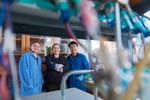
“Assistant Professor Ariel Furst and her colleagues are looking to DNA to help guide the process. Carbon dioxide (CO2) is a major contributor to climate change and a significant product of many human activities, notably industrial manufacturing. A major goal …

“On its own, a new machine-learning model discovers linguistic rules that often match up with those created by human experts. Human languages are notoriously complex, and linguists have long thought it would be impossible to teach a machine how to …
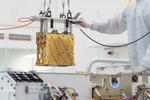
“Day and night, and across seasons, the instrument generates breathable oxygen from the Red Planet’s thin atmosphere. On the red and dusty surface of Mars, nearly 100 million miles from Earth, an instrument the size of a lunchbox is …

“Made from inexpensive, abundant materials, an aluminum-sulfur battery could provide low-cost backup storage for renewable energy sources. As the world builds out ever larger installations of wind and solar power systems, the need is growing fast for economical, large-scale backup …

“PhD student Pablo Leon uses machine learning to expedite research on novel battery materials, while helping newer students navigate graduate school. To help combat climate change, many car manufacturers are racing to add more electric vehicles in their lineups. But …
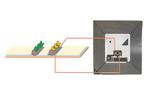
“Design from the Swager Lab uses electronic polymers, rather than colored lines, to indicate a positive response, enabling quantitative monitoring of biomarkers. Lateral flow assays (LFA) tests have become ubiquitous within the general public; they are the format for standard …
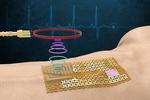
“The device senses and wirelessly transmits signals related to pulse, sweat, and ultraviolet exposure, without bulky chips or batteries. Wearable sensors are ubiquitous thanks to wireless technology that enables a person’s glucose concentrations, blood pressure, heart rate, and activity …
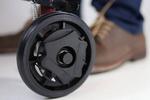
“MIT alumni-founded WalkWise uses a motion-detecting device for walkers to allow family members and care professionals to monitor adults with mobility challenges. Smartwatches and Fitbits are great for tracking movement, but they weren’t designed for the type of people …
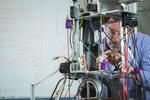
“Aeronautics and astronautics PhD candidate George Lordos develops technologies to enable life on Mars. George Lordos is not your typical graduate student. A degree in economics from Oxford University, an MBA from the MIT Sloan School of Management, and a …
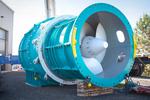
“Natel Energy, founded by sibling MIT alumni, is deploying hydropower systems with fish-safe turbines and other features that mimic natural river conditions. Growing up on a farm in Texas, there was always something for siblings Gia Schneider ’99 and Abe …
